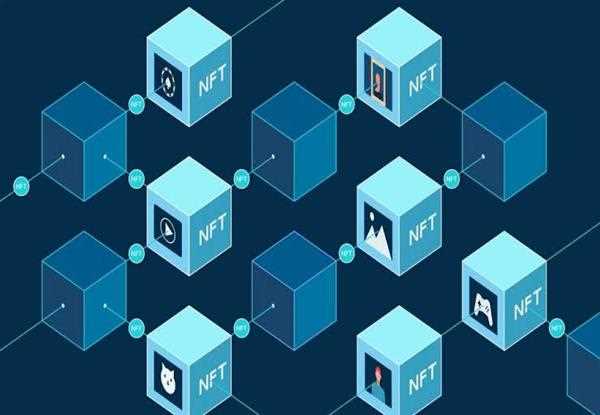Blockchain technology is a decentralized and distributed ledger system that enables secure and transparent transactions and information exchange. It operates through a network of computers, known as nodes, which collectively maintain a continuously growing list of records, called blocks. Each block contains a timestamp and a cryptographic link to the previous block, forming a chain of blocks.

The fundamental principles of blockchain technology are as follows:
- Decentralization: Instead of relying on a central authority, blockchain operates on a decentralized network of nodes. Each node has a copy of the entire blockchain, ensuring that no single entity has control over the entire system. This decentralization enhances security, resilience, and trustworthiness.
- Distributed Ledger: The blockchain ledger is distributed among all the nodes in the network. Whenever a new transaction occurs, it is validated by multiple nodes through a consensus mechanism. Once consensus is reached, the transaction is added to a new block and propagated across the network. This distributed ledger ensures transparency and immutability, as all participants can view and verify the entire transaction history.
- Cryptographic Security: Blockchain utilizes cryptographic techniques to secure the integrity and privacy of transactions. Each block contains a unique cryptographic hash, which is a fixed-length string generated through a mathematical algorithm. Any modification to a block would result in a different hash value, making it computationally infeasible to tamper with the blockchain without detection. Additionally, transactions can be encrypted to protect sensitive data.
- Consensus Mechanisms: Consensus mechanisms are used to ensure agreement among nodes on the validity of transactions and the order in which they are added to the blockchain. Popular consensus mechanisms include Proof of Work (PoW) and Proof of Stake (PoS). In PoW, nodes compete to solve complex mathematical puzzles to validate and add new blocks to the blockchain. PoS, on the other hand, determines block validators based on the number of coins they hold or have staked.
- Smart Contracts: Smart contracts are self-executing contracts with predefined rules encoded on the blockchain. They automatically execute transactions and enforce agreements when specific conditions are met. Smart contracts enable the automation of various processes and eliminate the need for intermediaries, increasing efficiency and reducing costs.
Blockchain technology has numerous applications beyond cryptocurrencies. It can be used for supply chain management, healthcare records management, voting systems, intellectual property protection, decentralized finance (DeFi), and much more. The transparency, immutability, and security provided by blockchain offer opportunities for increased efficiency, trust, and accountability in various industries.
However, blockchain technology also faces challenges. Scalability is a significant concern due to the computational resources required for consensus and the increasing size of the blockchain. Additionally, regulatory and legal frameworks surrounding blockchain are still evolving, and privacy concerns need to be addressed to ensure the responsible use of this technology.
In conclusion, blockchain technology operates through a decentralized and distributed ledger system. It ensures security, transparency, and immutability through cryptographic techniques, consensus mechanisms, and smart contracts. Blockchain has the potential to revolutionize various industries by providing trust, efficiency, and new opportunities for decentralized applications. However, it also faces challenges that require ongoing research and development to fully unlock its potential.